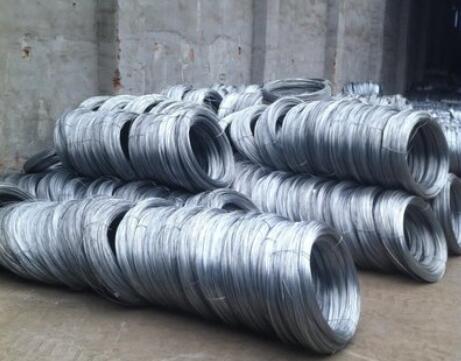The Wholesale Market for Iron Wire A Comprehensive Overview
Iron wire has long been an essential material across various industries, from construction to manufacturing, agriculture, and even art. Its versatility, strength, and cost-effectiveness make it a preferred choice for numerous applications. In the wholesale market for iron wire, businesses can find an array of products tailored to different needs, ensuring they have access to the best materials for their projects. This article delves into the importance of iron wire, explores the wholesale market dynamics, and highlights key considerations for businesses looking to purchase iron wire in bulk.
Understanding Iron Wire and Its Uses
Iron wire is made from various grades of iron, which is processed and drawn into thin strands. The primary types of iron wire include mild steel wire, galvanized wire, and stainless steel wire. Each type has its unique properties and applications.
- Mild Steel Wire This type is known for its flexibility and ductility, making it suitable for a wide range of applications, such as fencing, construction, and crafting. - Galvanized Wire Coated with a layer of zinc, galvanized wire is resistant to rust and corrosion, making it ideal for outdoor uses, such as fencing, netting, and agricultural applications. - Stainless Steel Wire This wire offers exceptional resistance to corrosion and is often used in medical, culinary, and industrial applications.
The demand for iron wire spans various sectors, including construction, agriculture, telecommunications, and crafting. For businesses involved in these industries, sourcing iron wire at wholesale rates can significantly reduce costs and enhance profitability.
The Dynamics of the Wholesale Market
The wholesale market for iron wire is influenced by several factors, including raw material prices, demand and supply dynamics, and manufacturing processes.
iron wire wholesale

1. Raw Material Prices The cost of iron ore and other raw materials directly affects the price of iron wire. Fluctuations in global markets can lead to variations in wholesale prices, which necessitates that buyers keep a close eye on market trends.
2. Supply and Demand Seasonal demand, particularly in construction and agricultural sectors, can create spikes in the need for iron wire. During peak seasons, suppliers may increase prices due to heightened demand. Businesses should strategize their purchasing to take advantage of lower prices during off-peak times.
3. Manufacturing Processes Different suppliers may use varied manufacturing techniques, impacting the quality and price of iron wire. It’s essential for buyers to evaluate the manufacturing processes and certifications of potential suppliers to ensure they are acquiring high-quality products.
Key Considerations for Purchasing Wholesale Iron Wire
When looking to purchase iron wire in bulk, businesses should consider several factors to ensure they make informed decisions
- Quality and Grade Always check the specifications and certifications of the wire. The grade of iron can affect its performance and suitability for specific applications. - Supplier Reputation Partnering with a reliable supplier is crucial. Researching a supplier's reputation, reviews, and customer service track record can help ensure a smooth purchasing experience. - Pricing and Payment Terms Compare prices from multiple suppliers. Additionally, understanding the payment terms and return policies can help avoid unexpected costs or disputes. - Delivery and Logistics Consider the supplier’s ability to deliver on time and the logistics involved in transporting large quantities of wire. Efficient shipping methods can save businesses time and reduce costs.
Conclusion
The wholesale market for iron wire presents a wealth of opportunities for businesses across various sectors. By understanding the nuances of the market, evaluating the quality of products, and building relationships with reputable suppliers, companies can effectively manage their supply chains, reduce costs, and enhance their operations. Whether for construction projects, agricultural needs, or creative endeavors, the right sourcing strategies can make all the difference in achieving success in today’s competitive landscape.

















